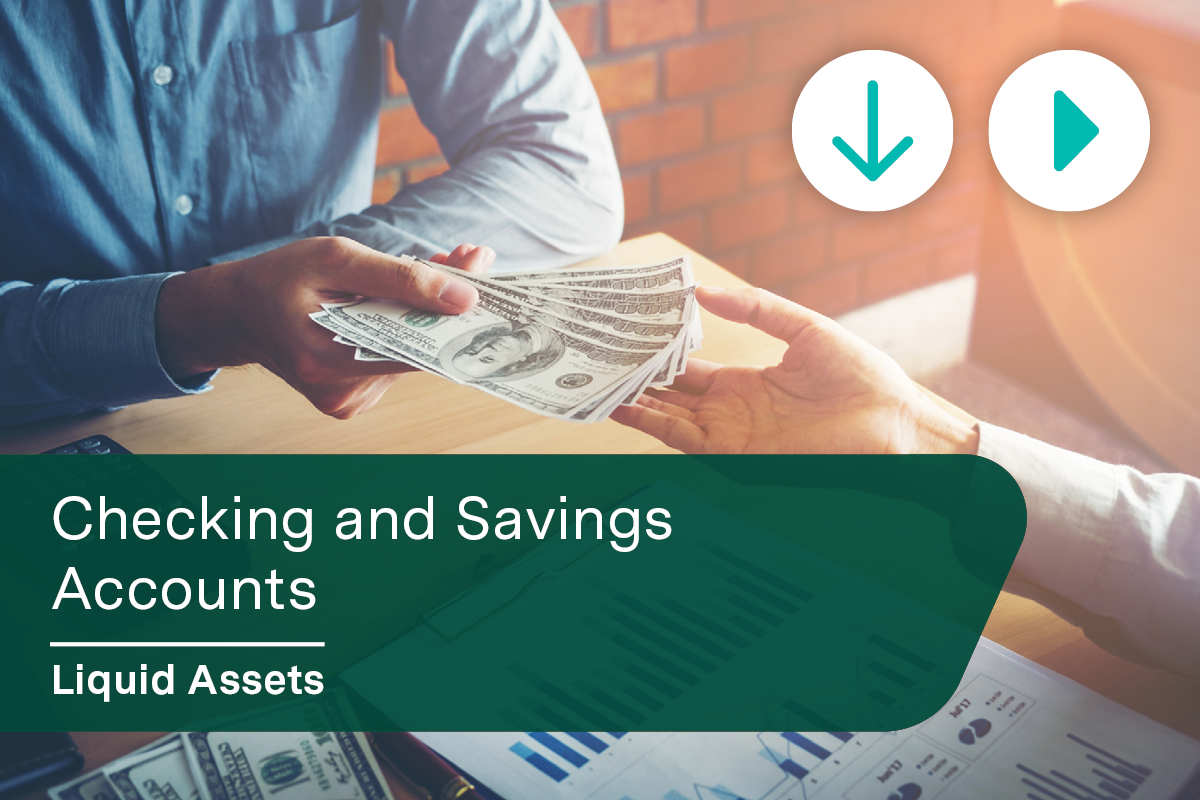Liquid Assets
Simplify your understanding of the most common liquid assets, industry guidelines, and required documentation. Learn about checking and savings accounts, establishing ownership, stocks, bonds, mutual funds, and more.

Liquid Assets: Introduction
Module 1 of 11
Learn which assets a borrower can use in a mortgage transaction.

Liquid Assets: Why They’re Important
Module 2 of 11
Familiarize yourself with the four types of liquid assets. Plus, understand three of the largest expenditures a borrower makes when buying a home.

Liquid Assets: Earnest Money Deposit
Module 3 of 11
Learn what an earnest money deposit is and how it must be documented in a mortgage file. Complete the corresponding workbook section.

Liquid Assets: Checking & Savings Accounts
Module 4 of 11
Understand checking and savings documentation and the red flags you should look for within these documents.

Liquid Assets: CD as Liquid Asset
Module 5 of 11
Learn how a Certificate of Deposit (CD) differs from other forms of assets, and the verification process for this type of asset. Complete the corresponding workbook section.

Liquid Assets: Ownership
Module 6 of 11
Explore the details of liquid asset ownership and how to address issues that may arise.

Liquid Assets: Gift Funds from Family
Module 7 of 11
Learn the specific guidelines that govern the acceptance of gift funds from family as a source of liquid assets. Complete the corresponding workbook section.

Liquid Assets: Stocks, Mutual Funds, and Bonds
Module 8 of 11
Review the use of stocks, bonds and other securities as assets.

Liquid Assets: Business Accounts
Module 9 of 11
Understand when borrowers may use business accounts for down payments, closing costs and reserves. Complete the corresponding workbook section.

Liquid Assets: Unacceptable Sources of Funds
Module 10 of 11
Learn which sources of funds are not allowed in a mortgage transaction.

Liquid Assets: Check Your Answers
Module 11 of 11
Now that you’ve completed this course, verify your answers.
